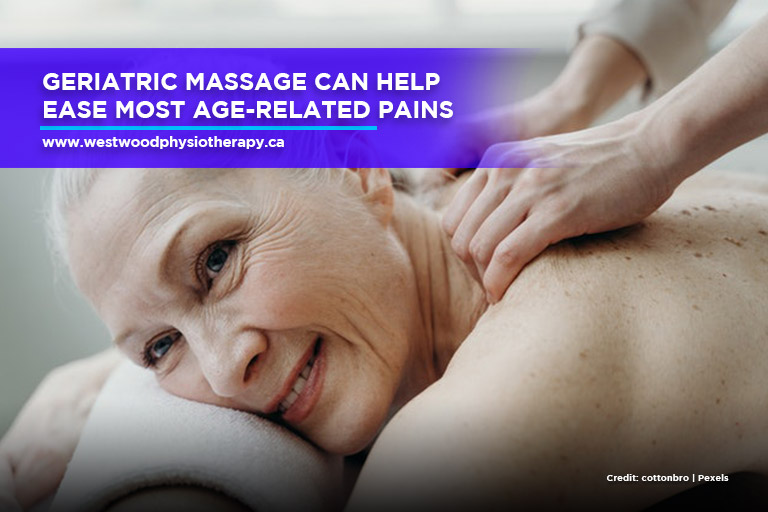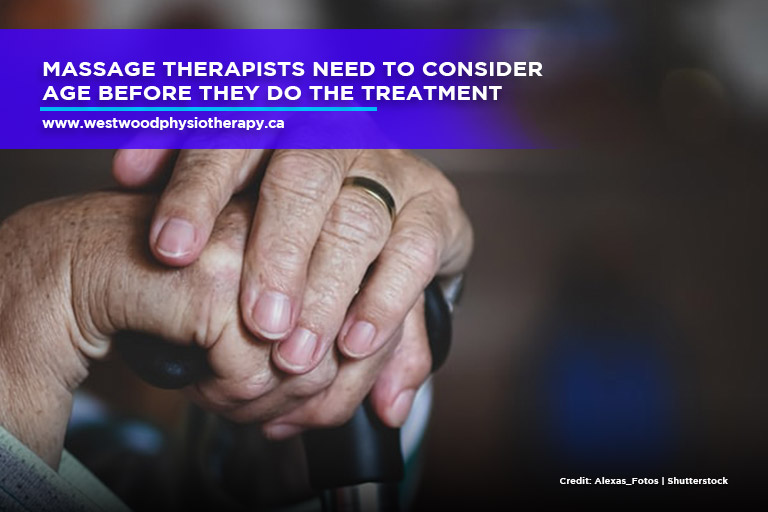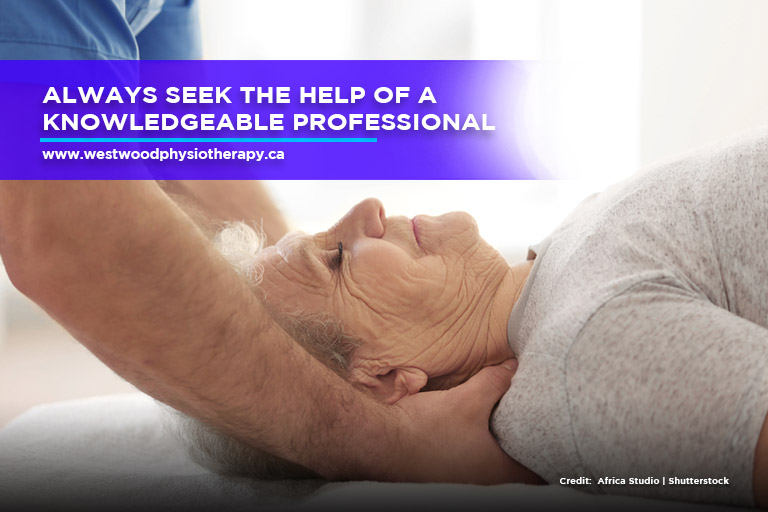A variety of aches and symptoms accompany aging. Some aches and pains are symptoms of natural aging, while others indicate more significant problems. Joint problems, muscular strains, and damage from slips and falls are all typical complaints among the elderly people.
Most senior citizens can benefit from massage therapy to alleviate common aches and pains, mobility challenges, and even sleep problems. Here’s what you need to know about massage therapy for the elderly.
What Is Massage Therapy and What Does it Do?

Massage therapy is a type of manual treatment that uses pressure to improve the health and performance of muscles, joints, and tendons. Massage therapy is used to treat and manage various health conditions. Because each person has a unique condition that needs different treatments, massage treatment is done on a case-by-case basis.
Massage for the Elderly

Geriatric massage is designed specifically for adults in their later years. Massage therapists must consider a number of factors before starting treatment because the elderly have specific physical conditions compared to the young and middle-aged population.
Before doing massage treatment on an aged patient, a massage therapist should consider the following factors.
- Temperature Preferences
Your sensitivity to temperature changes as you get older. It’s critical to communicate your temperature preferences to your massage therapy experts so that they can modify the temperature of the instruments, the environment, and their hands to provide you with the greatest possible experience during your session. - Pain Tolerance
As people get older, their bodies weaken, their bones become brittle, their skin thins, and they become more vulnerable to pain. Massage therapists always take this into account so that they may design a treatment plan that is tailored to their pain tolerance. - Current Medications
While the majority of medications do not require you to adjust your therapy sessions, certain medications do. As a result, massage therapists must inquire about the senior patient’s current prescriptions, as some medications, such as anticoagulants, increase the risk of bruising and internal bleeding. - Level of Physical Activity
When working with an elderly patient, it’s critical for a massage therapist to understand their degree of activity. For some individuals who are not very active, the massage therapist can focus on muscle stretching to enhance blood circulation and joint stiffness. Whereas the massage therapist can focus on the current aches and pains of more active senior people. - Comorbidities
Some illnesses need specific treatment techniques. As a result, it is critical for the elderly to fully disclose their medical conditions to the massage therapist so that they can make appropriate adjustments and change the treatment plan for the senior patient.
Geriatric massage therapy is a non-invasive but effective treatment for a wide range of age-related conditions. Regular massage treatment sessions may improve the elderly’s quality of life.
Benefits of Massage Therapy for the Elderly
Massage therapy helps elderly people in more ways than merely relaxing and alleviating aches and pains. Numerous studies have shown that massage treatment can reduce stress and improve mental health in the elderly. Massage treatment has a plethora of benefits. The following are some of the benefits of massage therapy sessions for older patients.
- Increased Blood Flow
An elderly patient with weak circulation may experience discomfort as a result of fluids collecting in their lower extremities. The kneading and pressure on the muscles used in massage therapy can help to transfer blood to congested areas, improving circulation. The massage therapist may use the following massage treatment techniques to increase blood circulation:- Leg Massage – To activate the lymphatic system, the massage therapist will begin rubbing from the feet up. To relieve discomfort and increase circulation, the massage therapist concentrates on the congested areas of the lower limbs.
- Deep Muscle or Tissue Massage – Deep muscle massages can aid in the removal of toxins, which benefits the immune system. Aside from that, it aids in the treatment of long-term musculoskeletal disorders and improves blood circulation.
- Improved Balance
The ability of the body to detect its position and movement is known as proprioception. The older patient’s sense of balance improves as a result of enhanced blood circulation and proprioception, lowering the likelihood of dangerous falls and slips.
- Softening of Hard Muscles
Muscles that are hard or tight can be caused by a variety of factors, including inactivity, poor posture, and accidents. By boosting circulation and kneading the tight muscles, massage treatment sessions can help soften them. - Feeling of Connection, Psychological Benefits
Some older persons, particularly those receiving elderly home care services, may feel isolated as they contact fewer people including, in some cases, their family. Regular massage treatment sessions might assist to alleviate feelings of loneliness. The majority of massage therapists form strong bonds with their clients. This is advantageous since it can provide the emotional and mental assistance that the elderly require. - Nervous System Stimulation
Massage therapies work by stimulating the nervous system’s peripheral nerves. Massage therapy helps to keep the central nervous system and the autonomic nervous system in balance. Massage treatment sessions might assist the patient in getting some relaxation and allowing the healing process to begin. - Improved Sleep
Massage therapy can aid in the release of serotonin, which can lead to feelings of relaxation. Massage treatment sessions on a regular basis can also help relax and soften rigid muscles, resulting in improved physical conditions and a better night’s sleep. - Arthritic Pain Relief
Massage therapy can give the elderly the feeling of relief from arthritic pain by improving blood circulation and reducing inflammation in the joints.
You may have heard of massage treatment and physiotherapy and mistakenly believe they are the same thing, and that you can request either. This isn’t the case at all. While both can help manage and reduce pain, massage therapy is more focused on instant relaxation. Physiotherapy, on the other hand, focuses on muscle and joint recovery. Always do your homework ahead of time to ensure that you’re getting the best therapy for you or your loved one.
Westwood Physiotherapy and Wellness in Guelph provides massage therapy and physiotherapy for individuals looking to improve their overall health. Book an appointment with us today, call 519-341-5161 or email info@westwoodphysiotherapy.ca.






